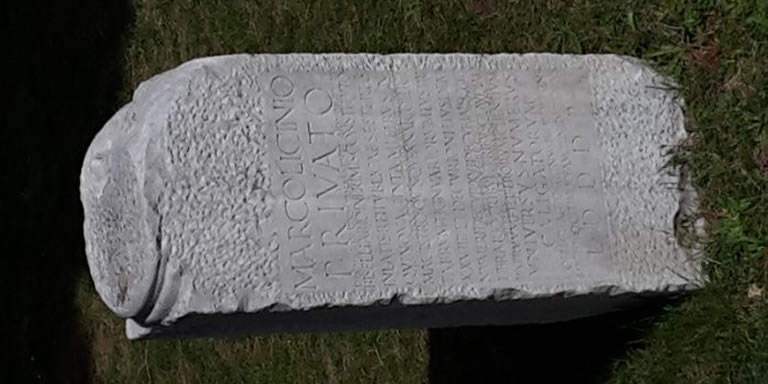Kill the mission statement – create a mission narrative.
A compelling mission has the power to shape a company and inform the strategic and operational decisions of its management. But all too often the words describing the mission, the mission statement, are lifeless and uninspiring.
A mission statement can take five seconds and it can take years to create. But generally, the longer it takes the worse it is. Since it is an aspirational exercise, crafted by an elite group of marketers or executives, it can tend to become permissive, inclusive, comprehensive and detailed.
Everyone involved takes part in the discussion and everyone feels they need to leave their mark in it. Everyone then agrees to defend and promote the final text. The final statement therefore becomes a triumph of consensus and not commitment.
This is because the creation of the statement often becomes an end in itself, disconnected from job descriptions, leadership competencies, operational policies, and the other activities that comprise the reality of the organisation. Anything too short is often rejected because these references are lost, and anything too long becomes deeply uninteresting (although it is surprising how often this point gets missed without the third party sanity check). Mission statements, in short, are dying. But mission narratives (or, stories) are taking their place, thanks to the rebirth of the story form in corporate communications.
The narrative should confirm the company’s purpose. But it should also give examples, demonstrate best practices, acknowledge limitations. It should describe how a company’s mission is actually achieved. The narrative can be half a page, a page, or even two pages. It might need more than just text. Just conceivably, it might not need text at all. It should ideally be created by the people who actually do the work, and it can take many forms, depending on who’s writing it, although this is an example of where third party facilitation is extremely important, as there is nothing more boring and colourless than a faithful and respectful corporate history. The narrative can also include corporate purpose, values, and performance, and, in case there is any doubt, it should encourage and endorse alignment around these concepts.
It’s unlikely to take the same form as a mission statement and should not be used as a boilerplate or as a byline. There are new, better and more effective platforms for the narrative than at the end of an already unreadable press release or small-printed beneath the quarterly figures. Stories, after all, are for audiences: readers and listeners; statements are for courts, tribunals and boardrooms. And stories can change. Statements have a stone-hewn edge, and may need to be retracted, sometimes rather quickly and always expensively.
The best narratives live, breathe, change and mature, and the corporate narrative should be a continuing process, with regular reviews and edits as the company’s experience develops. This will explain the mission better and will also have more power to shape, inform and describe the company.
The mission statement is dead (and has been for some time)! Long live the mission narrative!


